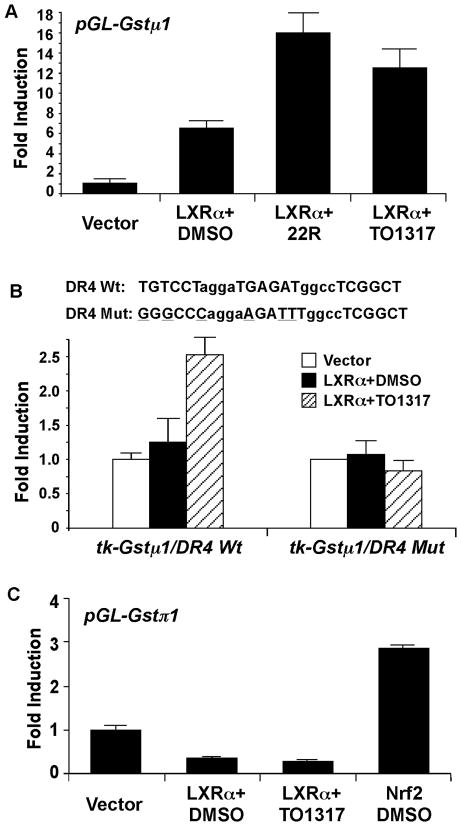Fig. 5. The mouse Gst gene promoters are likely transcriptional targets of LXR.
(A) The mouse Gstμ1 promoter reporter gene (pGL-Gstμ1) was transfected into HepG2 cells together with the indicated empty vector or LXRα expression vector. Transfected cells were treated with 22(R)-hydroxycholesterol (22R) or TO1317 (10 μM each) for 24 h before luciferase assay. The transfection efficiency was normalized against the β-gal activity from the co-transfected CMX-β gal vector. Results shown are fold induction over vector control and represent the averages and standard deviation from triplicate assays. (B) Same transfections in (A) were performed except that the synthetic tk-Gstμ1/DR4 reporter gene and its mutant variant were used. The reporter genes contained two copies of the two overlapping DR4s whose sequences are labeled. The mutant sequences are also labeled with the mutated nucleotides underlined. (C) The mouse Gstπ1 promoter reporter gene (pGL-Gstπ1) was transfected into HepG2 cells together with the indicated empty vector, LXRα expression vector, or Nrf1 expression vector. Transfected cells were treated with indicated drugs for 24 h before luciferase assay.

